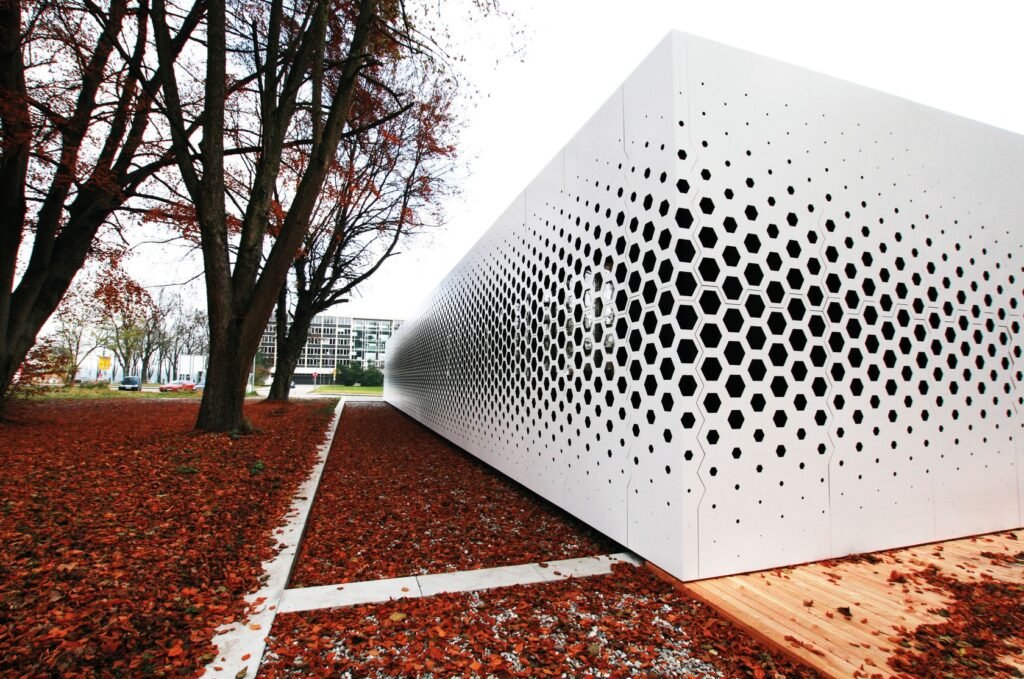Building Information Modeling (BIM) is the foundation of digital transformation in the architecture, engineering, and construction (AEC) industry. As the leader in BIM, Autodesk is the industry’s partner to realize better ways of working and better outcomes for business and the built world.
we also use BIM to enable automated geometry and design, layout and documentation of repeat elements and provide coordination across disciplines. It accelerates the design process and provides a single source of truth for the whole project team.
We build models that enable rapid design iteration and automatically generate solutions and documentations. We use BIM to validate design choices too, helping clients explore the viability of a proposed combination of services of functions.
Sophisticated BIM models enable workflow efficiency on complex projects and lead to a wealth of other insights for clients, during construction and into operation.
Building Information Modeling (BIM) is the holistic process of creating and managing information for a built asset. Based on an intelligent model and enabled by a cloud platform, BIM integrates structured, multi-disciplinary data to produce a digital representation of an asset across its lifecycle, from planning and design to construction and operations.
STRUCTUREX has long championed the use of BIM on every project and we have been leaders in developing ISO standard BIM Execution Plans and advising clients on best practice for their project delivery. We have worked with open-BIM advocacy group BuildingSMART, to bring industry-wide alignment to the naming standards across buildings and infrastructure that will be needed if the next generation of digital services and functions are to be realised in the built environment. This standardisation is essential and invaluable in many projects, which function increasingly like complex combinations of machines, services and other high-maintenance elements.
BIM’s ability to coordinate multiple types of information is driving up expectations in the industry, particularly around the consistency of complex information and the strength of collaboration it supports. Our BIM models are collaborative to the core, allowing designers and engineers to collaborate and achieve the work-from-anywhere approach that is vital on major international projects.
On our most ambitious projects, Arup specialists are often based in many different location, but thanks to BIM, that’s no bar to successful collaboration. Our work on Marina Bay Sands involved a complex, multidisciplinary team, working in different countries. We developed a BIM model at the centre of the project, one that could bring together a team and facilitate cloud-based collaboration.
For buildings with highly functional designs, like data centres, we’ve used information from the BIM model to drive the buildings’ design exploration. Thousands of design options can be generated parametrically, explored and short listed. This offers clients a wider range of valuable insights and design options all of which respond to their operational priorities.
During the life of a project, huge amounts of data are created, much of which was traditionally overlooked or wasted. Off the shelf BIM tools often require data management to be effective, reliable and consistent.
Well planned BIM means assets owners and operators inherit a valuable model, helping them to run an efficient and well maintained building long after completion and handover. This approach also works on existing buildings like 1 Finsbury Avenue in London, with BIM used to integrate older building and occupant systems via a common and up to date standards. As regulation demands increasing efficiency from buildings, this approach brings digital twin and integrated campus operations to almost any real estate client.
We provide a number of BIM related services all over the globe. We have completed 100+ projects successfully.
